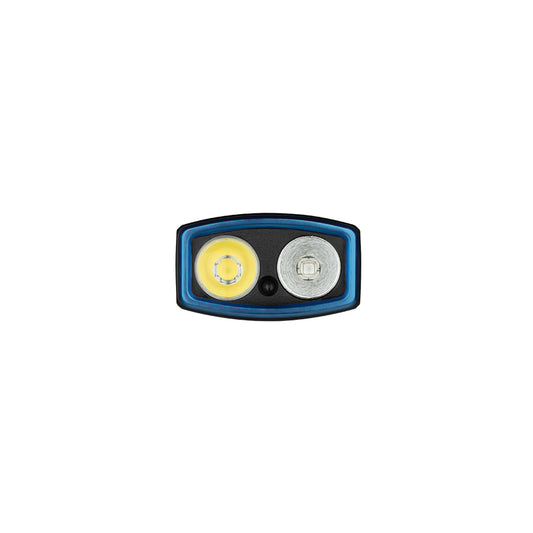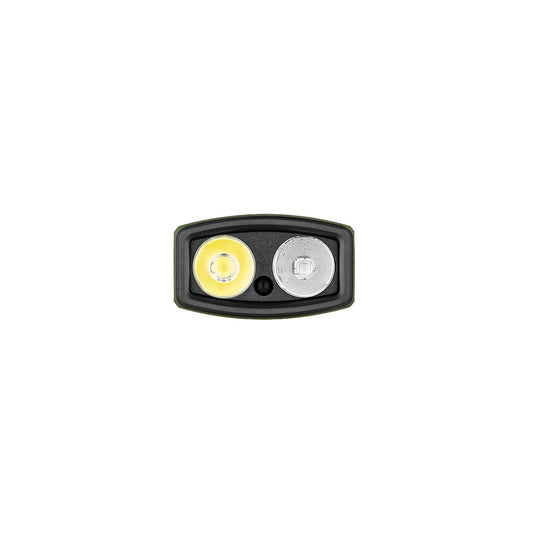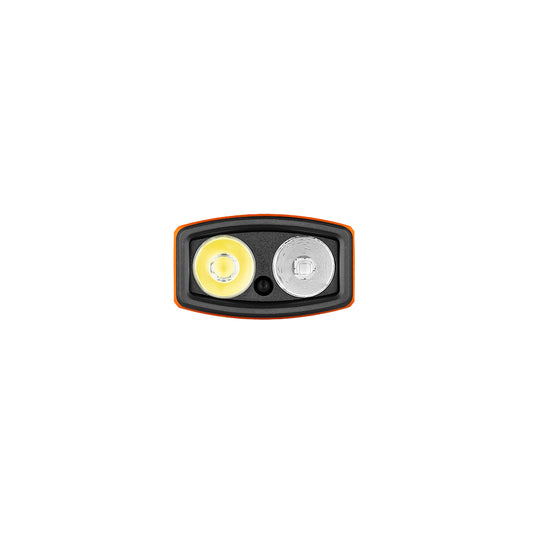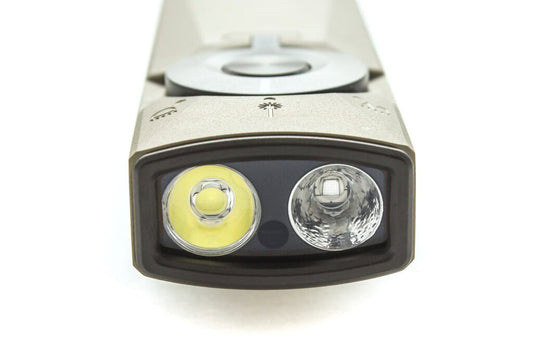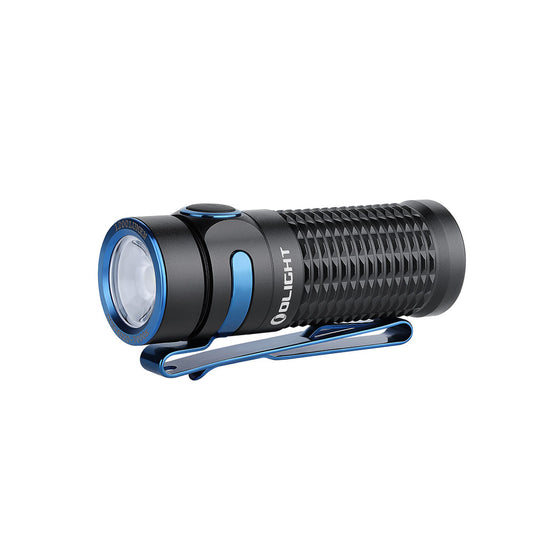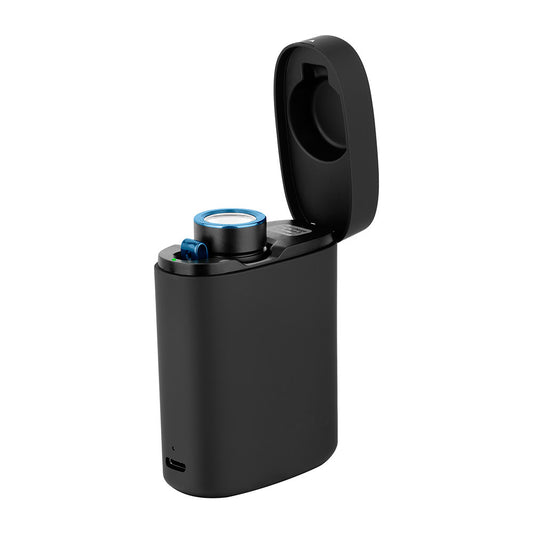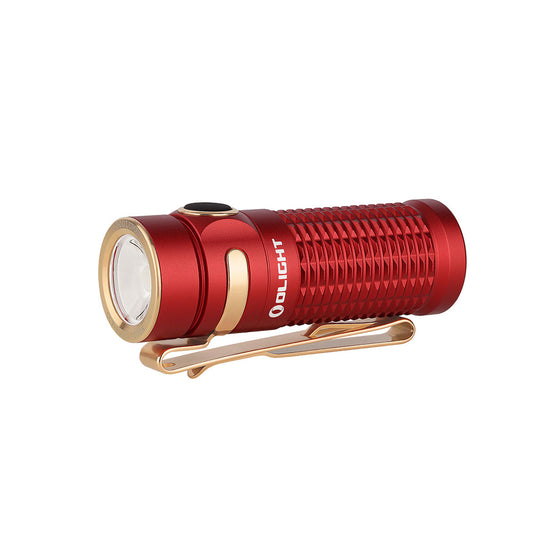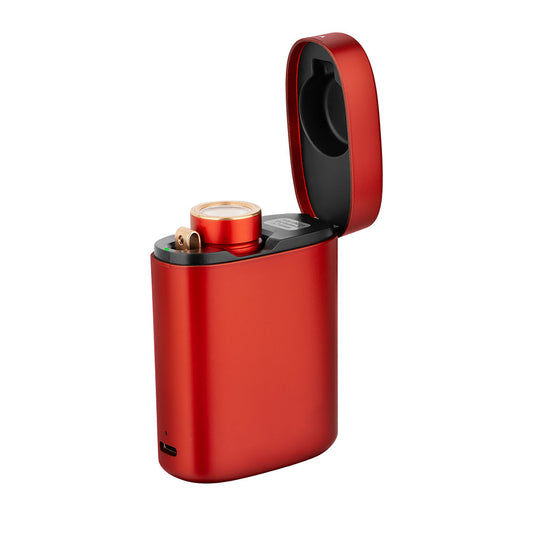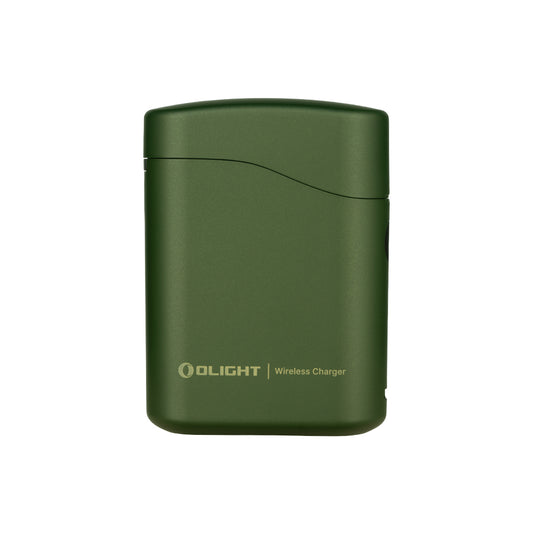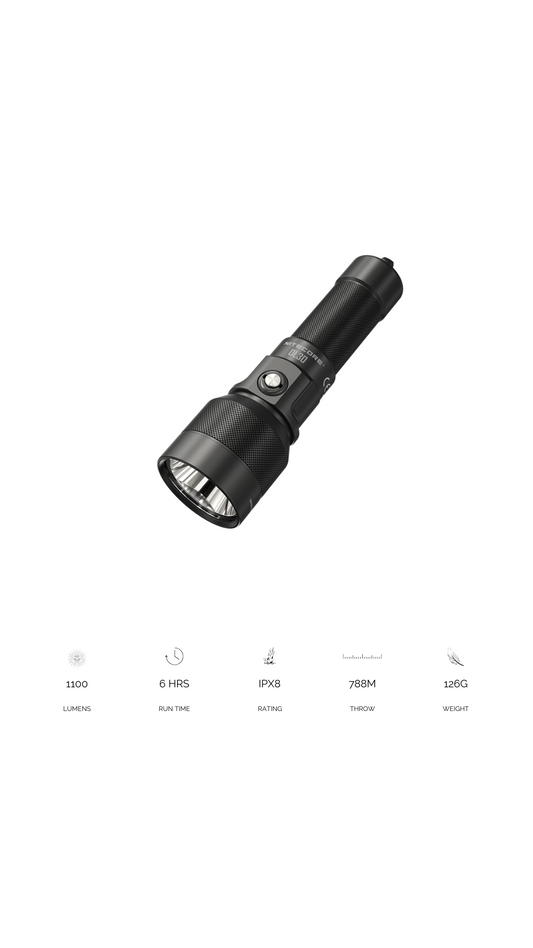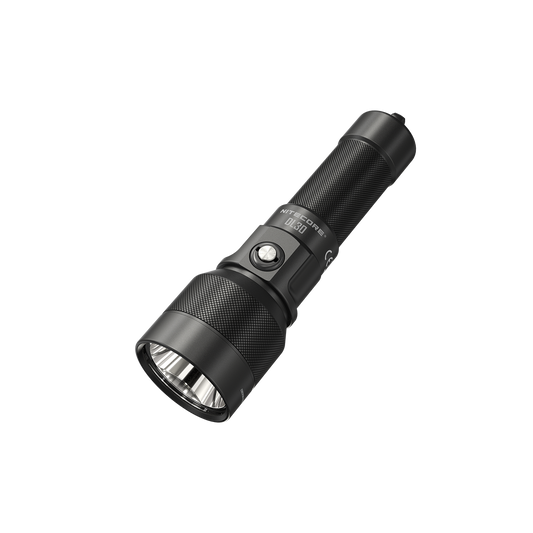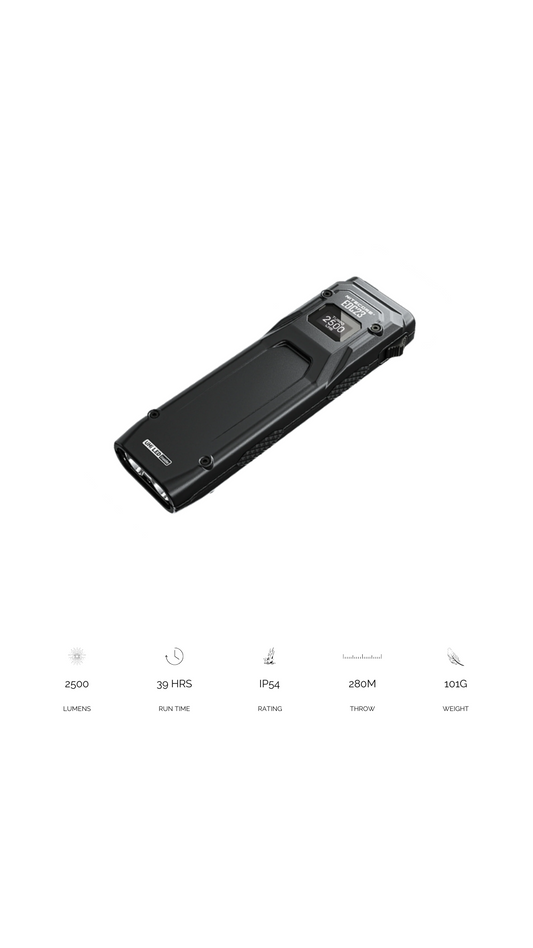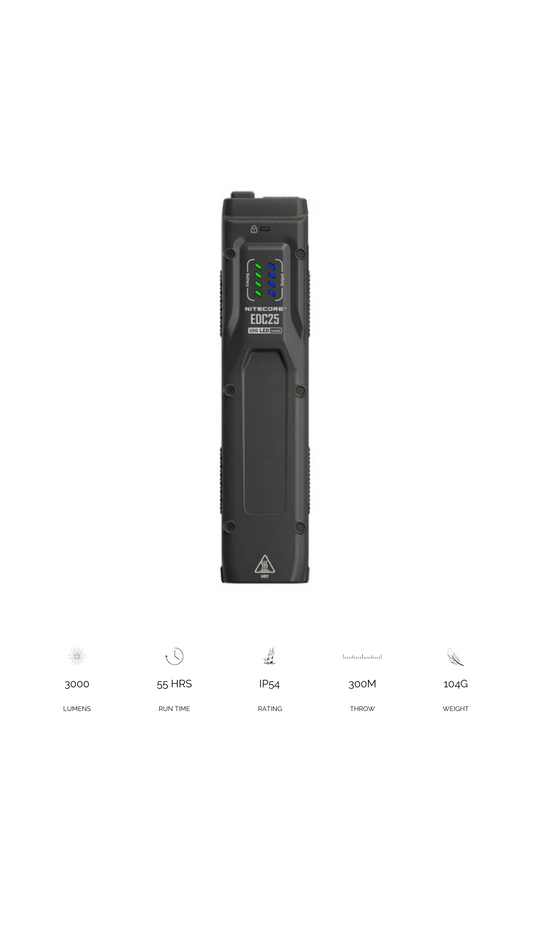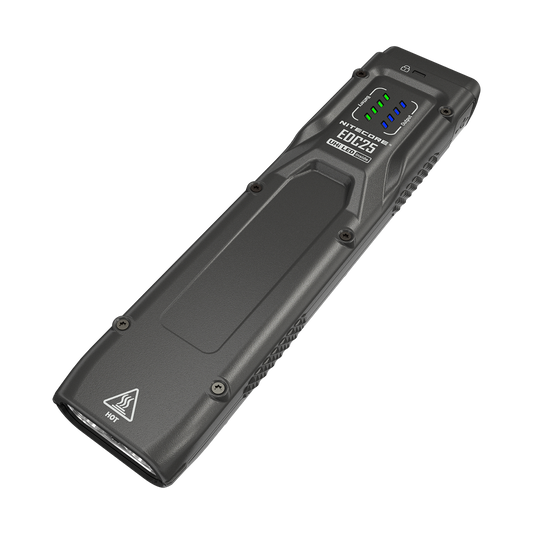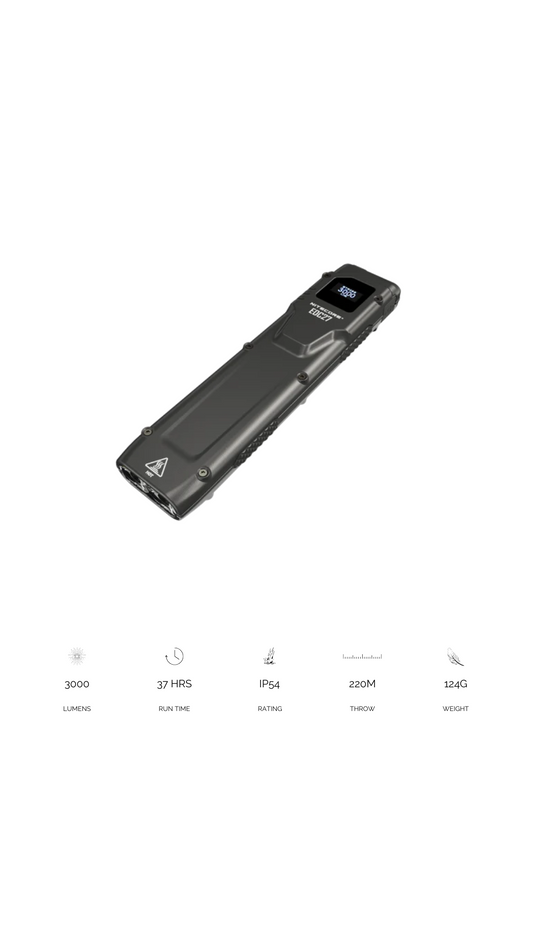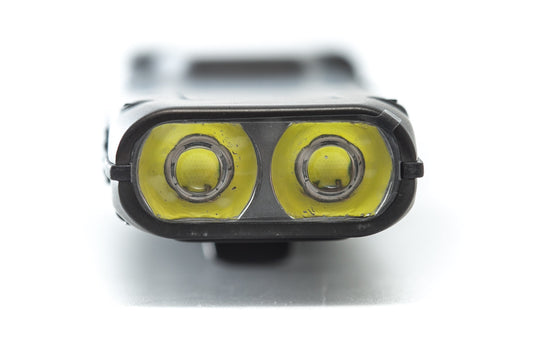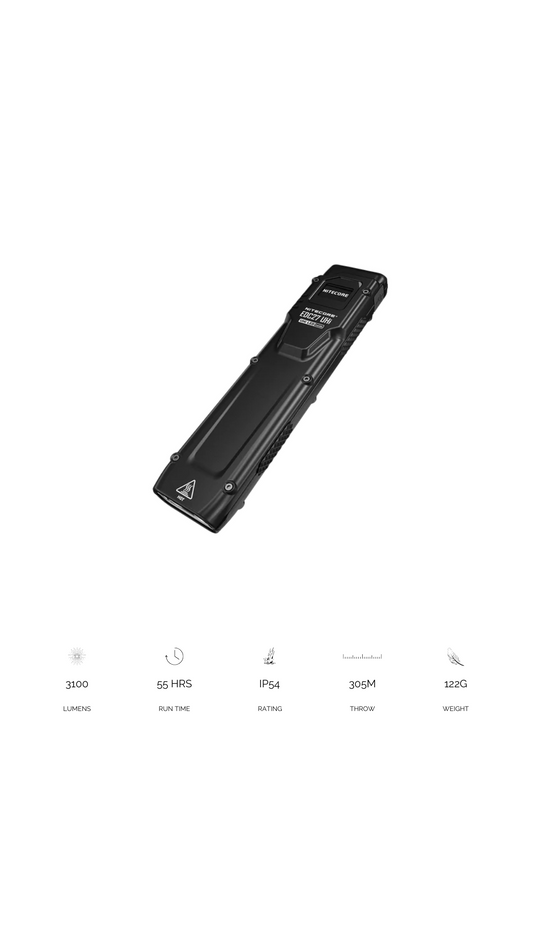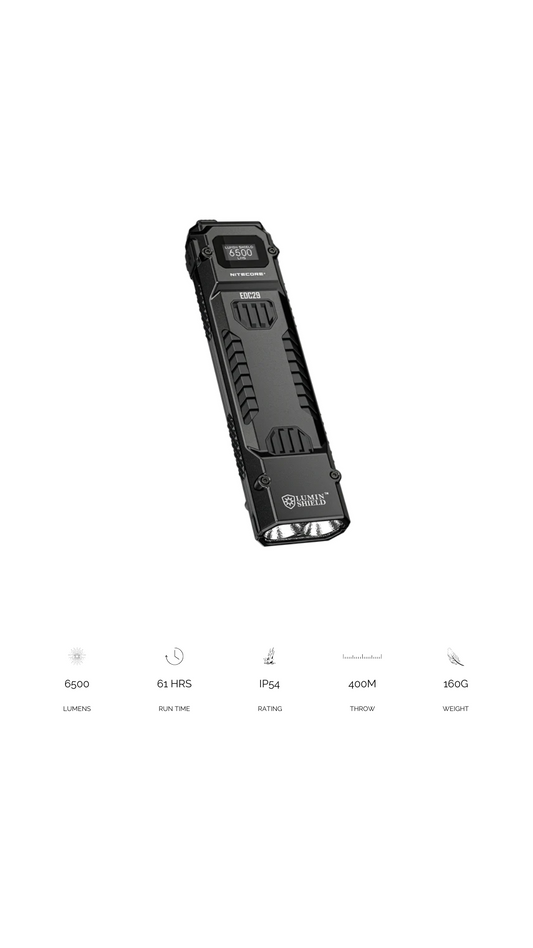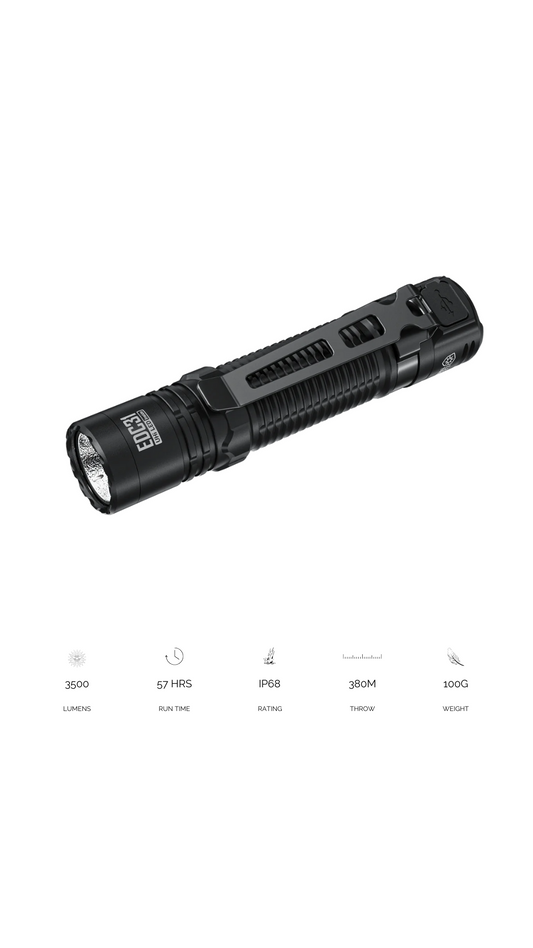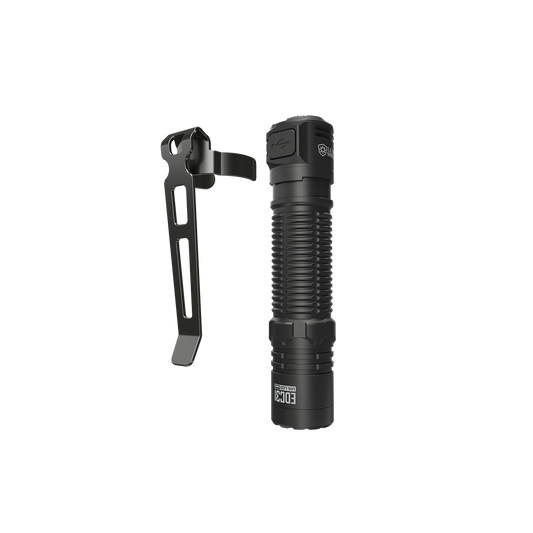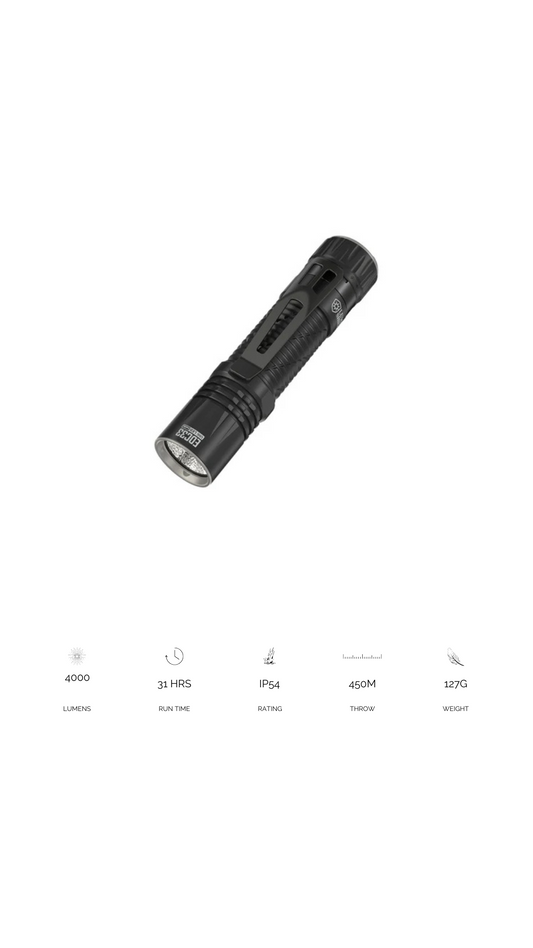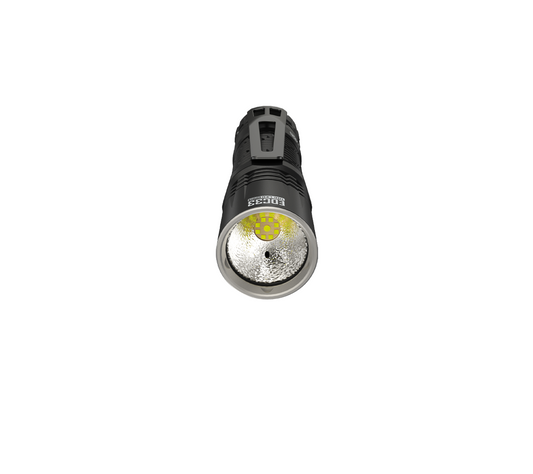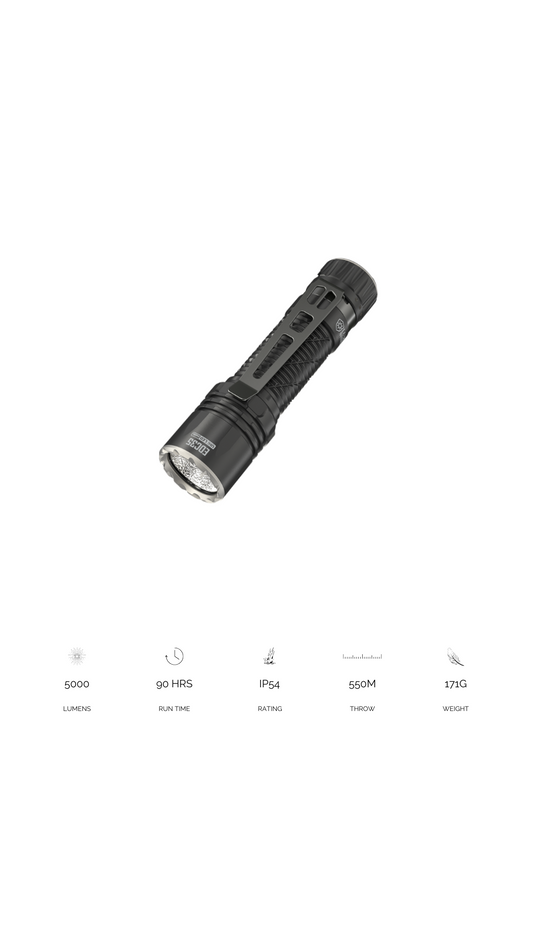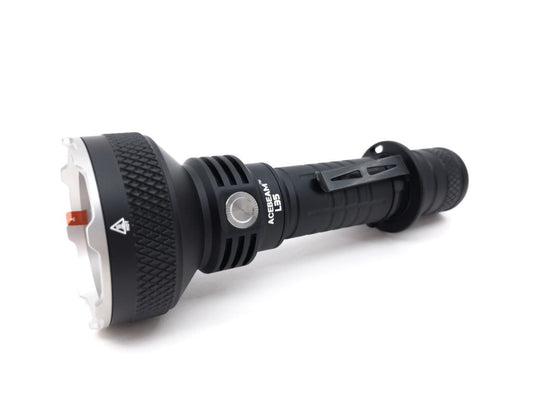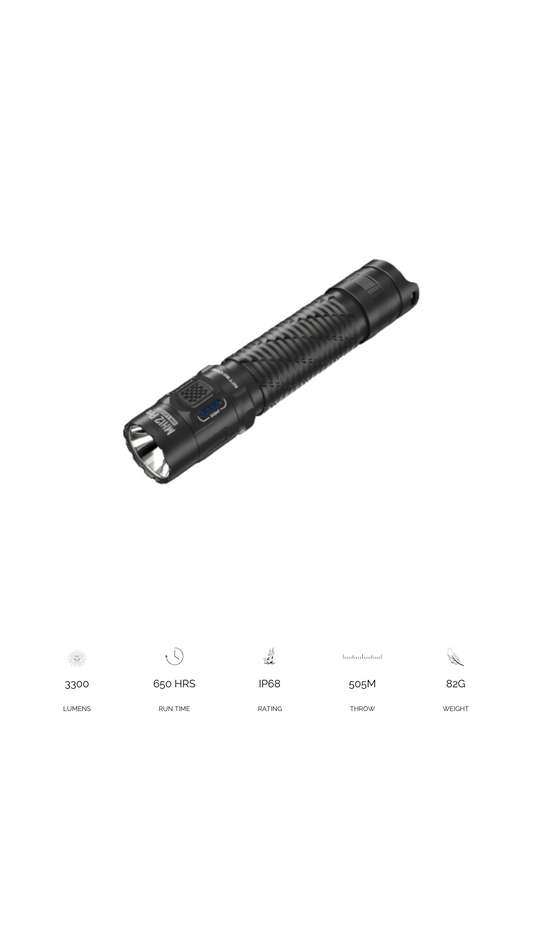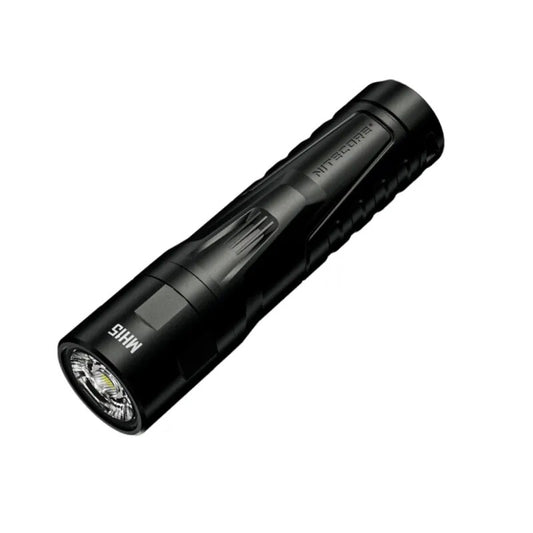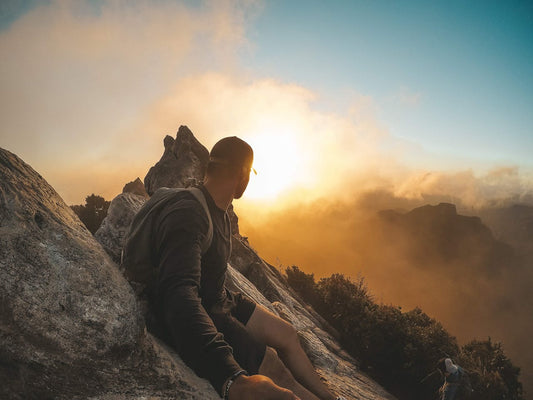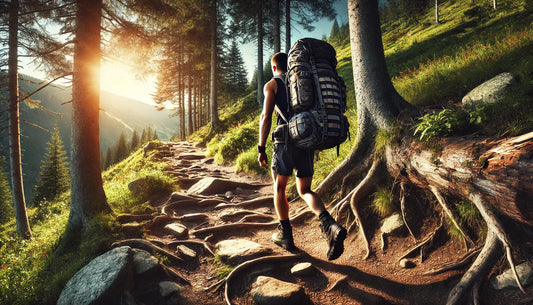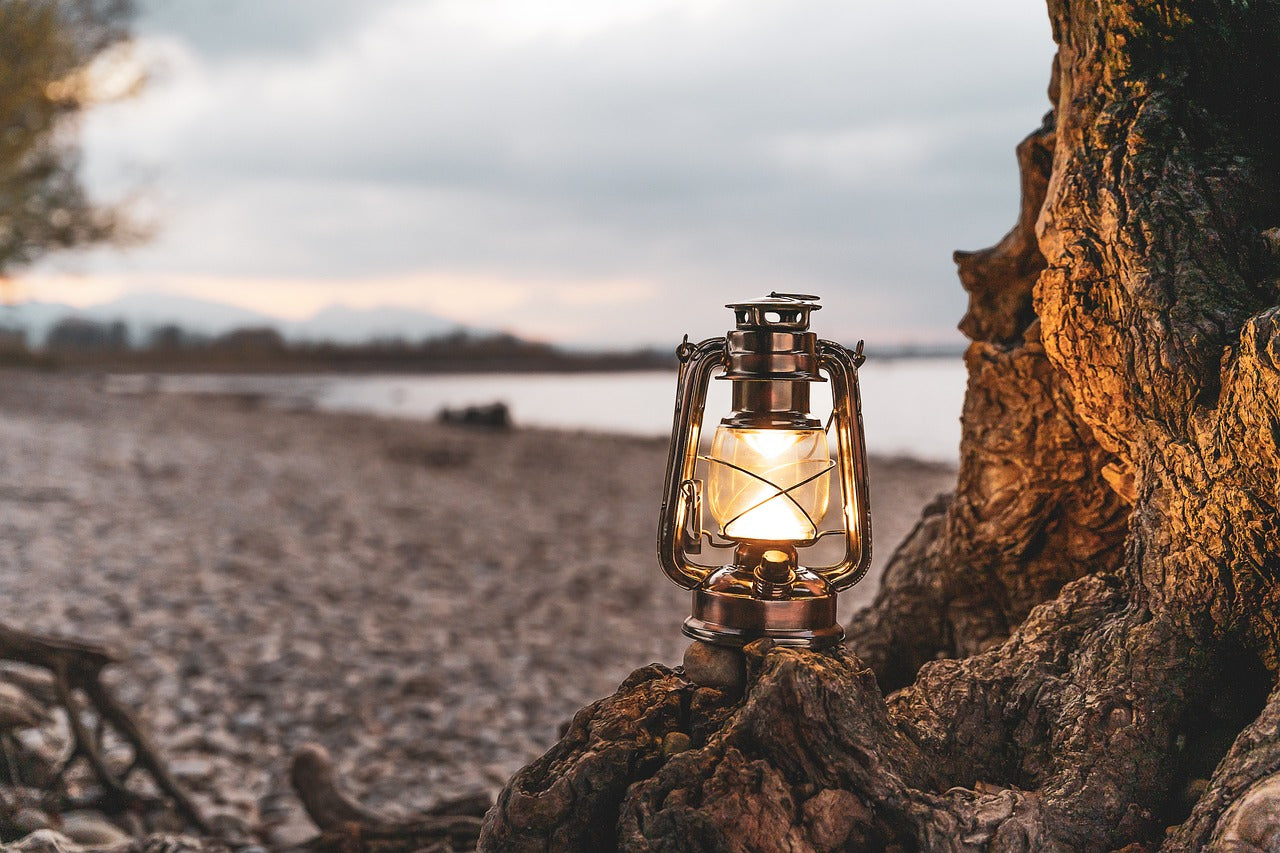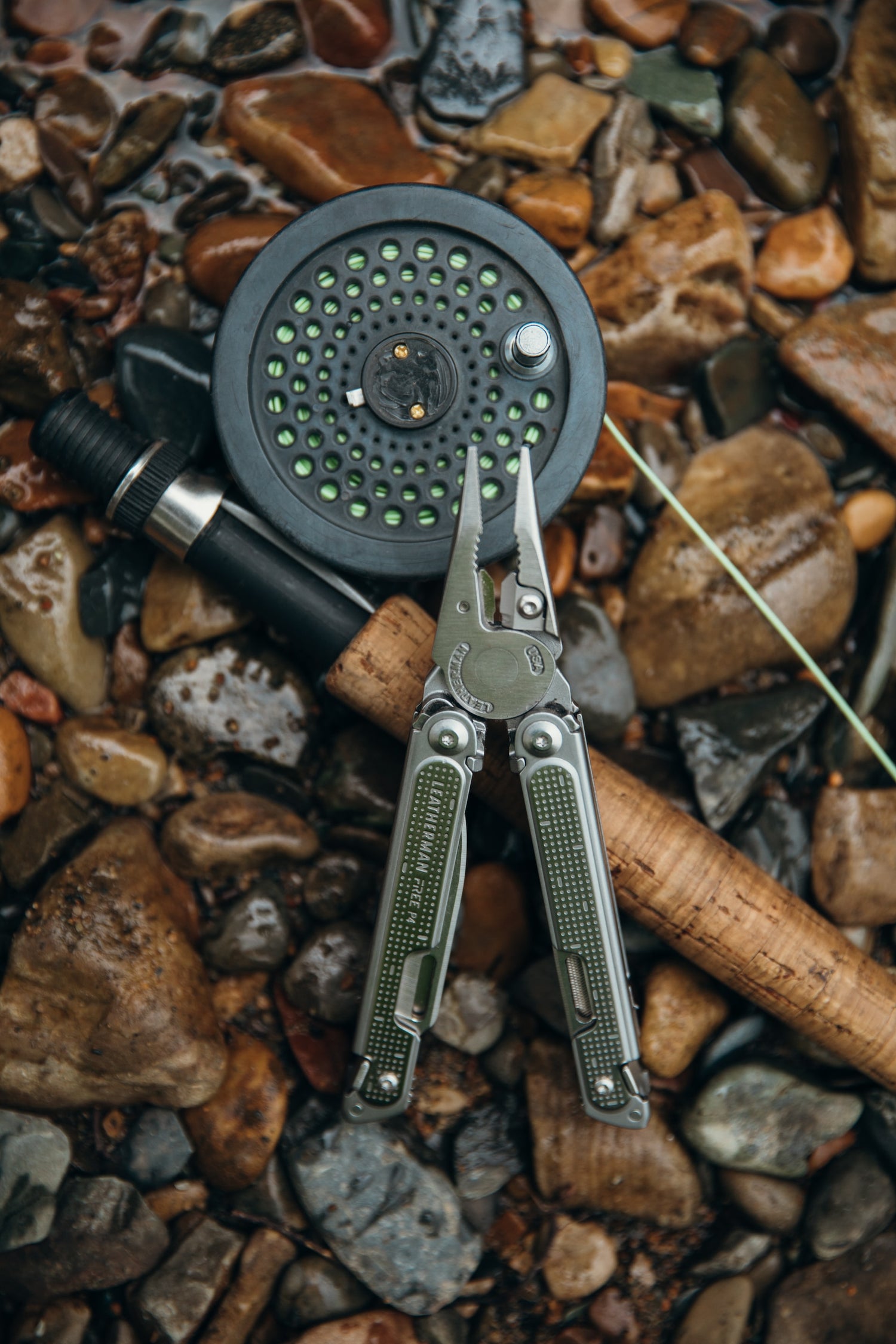
When the SHTF: Building Resilience Over Hoarding Frenzy
Covid was an eye-opener for many of us. Whatever camp you were in. Sceptic or not, we saw how people ran to the store and emptied shelves. Everyone was out for themselves. Instant Noodles sold out in hours. Which in itself was illogical as the packaging for these items wasn't meant for extended storage. But folks did it anyway.
And even if you weren't paranoid that the end of civilization was upon us, if you didn't go out and grab what you could, there was a high chance that your daily needs could not be met because of the hoarders.
Sometimes, it's good to be paranoid, but mostly, the stuff you hoard is going to spoil, and you've just taken away food that someone else may have needed to survive.
When prepping for emergencies, the urge to stockpile everything from bottled water to canned beans can be overwhelming. But what if I told you that there's a smarter way to prepare for when the SHTF? This article dives deep into the difference between stockpiling and preparedness, guiding you toward building resilience instead of succumbing to the hoarding trap.

From Panic Buying to Sustainable Planning:
The supermarket aisles stripped bare - that's the image most conjure when they think of disaster preparedness. This kind of impulsive stockpiling creates unnecessary competition, strains resources, and ultimately leads to waste. Preparedness, on the other hand, is a proactive approach. It's about having a well-thought-out plan and the essential supplies to see you and your family through a crisis, be it a natural disaster, power outage, or economic downturn.
Building a Sustainable Stockpile:
Let's face it, hoarding gallons of water and mountains of canned goods might seem comforting, but it's impractical. Here's how to create a sustainable stockpile that focuses on quality over quantity:
- Invest in Multipurpose Staples: Focus on long-lasting, versatile items. Dry and dehydrated items like nuts, beans, lentils, flour, and rice can be combined into countless meals. Mylar bags with oxygen absorbers can extend the shelf life of these staples for years.
- Water Purification is Key: Water is essential, but stockpiling plastic bottles is bulky and wasteful. Invest in a good quality water filter or purification tablets. You can even consider harvesting rainwater with a proper filtration system.
- Don't Forget Barter Goods: A small stash of common items like salt, spices, lighters, or basic sewing supplies can be incredibly useful for bartering in a crisis.
- Think Beyond Food: Hygiene is crucial. The tap isn't going to work, and the toilet won't flush. Stockpile sanitation wipes, personal hygiene products (Bar Soap and Toothpaste for when you can find a water source), and feminine hygiene products if applicable. Don't forget about waste disposal - consider a composting toilet or invest in sanitation bags. Think about things you use every day, but don't give it a second thought, like toothbrushes and bleach.
- Containers: You'll need air-tight containers to keep everything safe and usable.

Knowledge Over Stockpiles:
The key to true preparedness lies in knowledge and skills. Here's what you should prioritize over stockpiling:
- First Aid and Medical Knowledge: Being able to treat basic injuries and common illnesses can be lifesaving. Take first aid and CPR classes and keep a well-stocked first-aid kit on hand.
- Mastering Essential Skills: Learn practical skills like firecraft for cooking and warmth, basic carpentry for repairs, and plant identification in case you need to forage for food.
- Embrace DIY: Learn how to make simple repairs to clothing, tools, and household items. This can significantly extend the lifespan of your supplies.
- Skills: Learn how to dehydrate food; you can practically dehydrate almost everything. You can keep these items for extended periods. Canning and pickling are also great ways to preserve food.
- Grow Your Own Food: Even a small balcony garden or a few strategically placed containers can provide a surprising amount of fresh produce. Learn about basic gardening techniques, seed saving, and food preservation methods.

The Power of Community: Building a Support System When the SHTF
Disasters can be incredibly isolating experiences. Imagine being cut off from power, communication, and essential services. In such a scenario, the strength and support of your community can be the difference between surviving and merely coping. Here's how to leverage the power of community to build a strong support system:
- Become a Neighborhood Watchdog: Disasters can create opportunities for opportunistic crime. By getting to know your neighbors and keeping an eye out for each other's property, you can create a sense of security and deter potential trouble.
- Organize Preparedness Potlucks: Food is a great way to bring people together. Host potlucks where everyone brings a dish made with shelf-stable ingredients. This not only fosters a sense of community but also allows you to share recipes and stockpile ideas.
- Develop a Skill-Share Network: Everyone has unique skills and knowledge. Organize skill-share workshops where neighbors can teach each other essential survival skills like first aid, basic repairs, or food preservation techniques. This empowers everyone in the community and creates a more resilient network.
- Buddy System for Vulnerable Neighbors: Identify elderly residents, families with young children, or people with disabilities who might require additional support during a crisis. Create a buddy system where neighbors check on these vulnerable individuals regularly, ensuring their well-being.
- Establish Communication Channels: Disasters can disrupt communication infrastructure. Develop a neighborhood communication plan. This could involve designating a central meeting point, establishing a community radio channel (if you have the resources), or creating a private social media group specifically for your neighborhood.
- Plan for Bartering: During a crisis, cash might become useless. Discuss bartering needs and skills with your neighbors beforehand. This will help ensure everyone has access to essential items and services in the aftermath of a disaster.
- Practice Makes Perfect: Don't wait for disaster to strike before putting your plans into action. Organize practice drills where neighbors can simulate different scenarios and test their communication, resource sharing, and response strategies.
By fostering a strong sense of community and building a robust support system, you can transform your neighborhood from a collection of houses into a resilient network prepared to face any challenge together. Remember, preparedness is not a solo act, and the power of community can be your greatest asset when the SHTF.
Building Strength for the Challenge:
While stockpiles are important, don't underestimate the value of physical fitness. This is something rarely discussed when discussing SHTF scenarios. Being in good shape will make it easier to handle the physical demands of a crisis. Here are some ways to improve your physical preparedness:
- Develop a Sustainable Exercise Routine: Find an exercise routine you enjoy and can stick with in the long term. This could be walking, running, bodyweight exercises, or even gardening.
- Focus on Functional Fitness: Prioritize exercises that build strength, stamina, and agility. These skills will be crucial for tasks like carrying supplies, clearing debris, or evacuating on foot if necessary.
- Practice Makes Prepared: Don't wait for disaster to strike before getting active. Incorporate activities that mimic potential demands - go for hikes with a weighted backpack, practice chopping wood, or set up a makeshift obstacle course in your backyard.
By prioritizing knowledge, skills, and physical fitness alongside a well-rounded stockpile, you'll be well on your way to navigating a crisis with resilience and resourcefulness. Remember, stockpiling might provide a temporary sense of security, but true preparedness empowers you to weather any storm.
Remember: Disasters disrupt our lives, but they're rarely apocalyptic. By focusing on preparedness, sustainability, and community building, you'll be well on your way to navigating a crisis with resilience and resourcefulness. Stockpiling might provide a temporary sense of security, but true preparedness empowers you to weather any storm.


